April 14, 2025 | 22:50 GMT +7
April 14, 2025 | 22:50 GMT +7
Hotline: 0913.378.918
April 14, 2025 | 22:50 GMT +7
Hotline: 0913.378.918
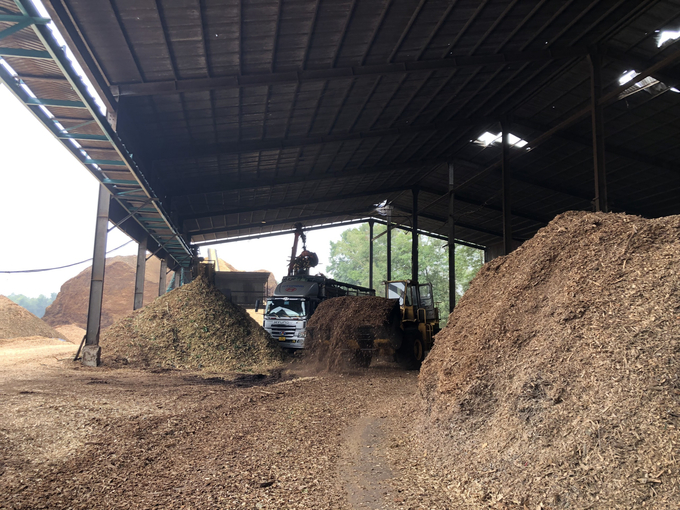
Many wood pellet mills stop production or produce in moderation due to market freezes. Photo: Tuan Anh.
Influenced by the world market, many enterprises producing wood in general and wood pellets in particular in Gia Lai are facing ample difficulties in terms of export.
At the end of 2022, the activities of wood pellet factories were still bustling, but now most of them have stopped production or produced in moderation to wait for the market’s movement. Market pressure and revolving capital flow have put immense pressure on wood pellet manufacturing enterprises, making the risk of dissolution increase.
Unable to export, Phuc Khoa Wood Pellet Factory (Ia Bang commune, Chu Prong district) currently has several thousand tons of wood pellets in stock. The factory has yet to find a way to improve consumption, thus forced to reduce the number of employees to avoid losses.
According to Mr. Nguyen Phuc Dung, Manager of Phuc Khoa Wood Pellet Factory, the factory’s main export markets of wood pellets are Japan and Korea. However, in the first quarter of 2023, the amount of wood pellets exported was very small, just over 300 tons, and the rest was in storage. “Since the markets of importing countries have hoarded a lot in 2022, plus the price of tablets going down, the factory accepts production in moderation to wait for new signals”.
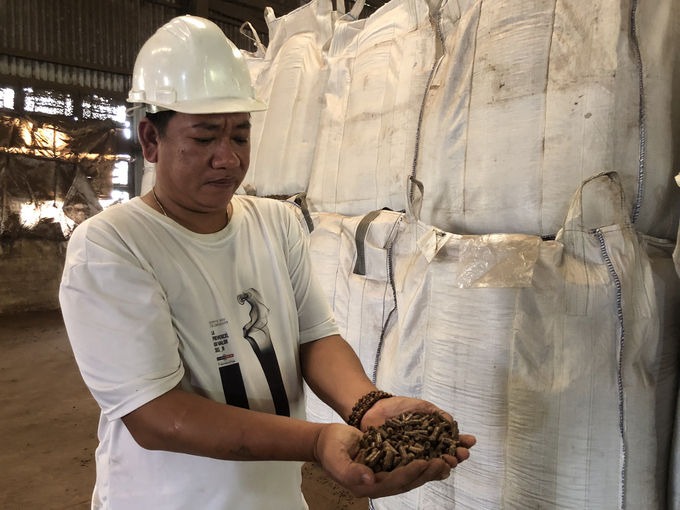
Factories check products in inventory to avoid mold. Photo: Minh Quy.
Also in a similar situation, Tam Phuc Gia Lai Trading Co., Ltd (Ia Bang Commune, Chu Prong District) has a capacity of approximately 20,000 tons/month, still producing wood pellets daily and then transporting them to Quy Nhon port for storage while waiting for an opportunity to consume.
“The wood pellet industry currently focuses on producing and storing, and it will not be until early July or August this year that the market would return. We have to maintain production, otherwise all workers would leave, and when the factories are back in operation, we would have to employ new workers and train them from the start. But if an enterprise keeps producing to keep workers, they will also be put into a tough spot," said Ms. Nguyen Thi Thu Hang, Sales Director of Tam Phuc Gia Lai Trading Co., Ltd.
According to market research results from businesses, In 2022 the Russia - Ukraine conflict caused the gas market to increase, so countries imported a massive amount of wood pellets. Going to 2023, the conflict no longer holds the world’s attention, so the gas price dropped, thus the wood pellet consumption market experienced a "freeze". Vietnam’s main export markets of wood pellets, Japan and South Korea, also reduced imports, so forecasts are stating that wood pellet manufacturers will still struggle in the near future.
With the difficulty of the consumption market of wood in general and wood pellets in particular, forest growers (acacia, eucalyptus, mother of pearl) are also facing a deadlock, having no place to sell their wood. For example, in the border area of Chu Prong district, many households planted forests, and when it comes to the time of exploitation, they could not sell because timber factories stopped purchasing. On the other hand, the purchase price of these trees is too low, so people suffer heavy losses at the moment.
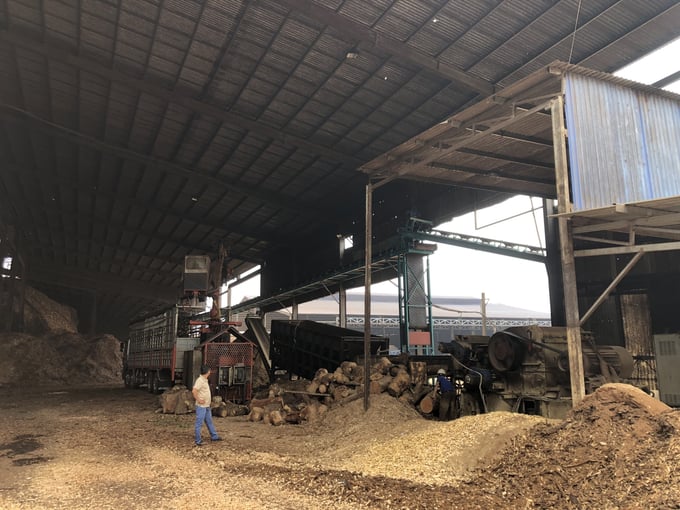
Unable to export, it is difficult for enterprises to purchase wood from forest farmers. Photo: Tuan Anh.
According to a ranger of the Chu Prong District Forest Protection Department, in three communes Ia Ga, Ia Lau and Ia Mo, people mainly grow acacia, eucalyptus, and nacre trees to serve the production of wood chips.
However, there are currently thousands of hectares of wood chips which are at the time of exploitation but cannot be sold because factories stop purchasing. If the people want to sell, they would have to bring the wood to Binh Dinh. As the selling price is low while the transportation cost is high, people are not too interested in the idea.
“There are many woodchip establishments floating on the market that equate planted forests with mixed, low-quality wood, making the purchase price very low. This has in some way limited the work of encouraging the people to participate in forest economic development,” said Mr. Nguyen Tuan Anh, Vice Chairman of Ia Mo Commune People's Committee.
Translated by Samuel Pham
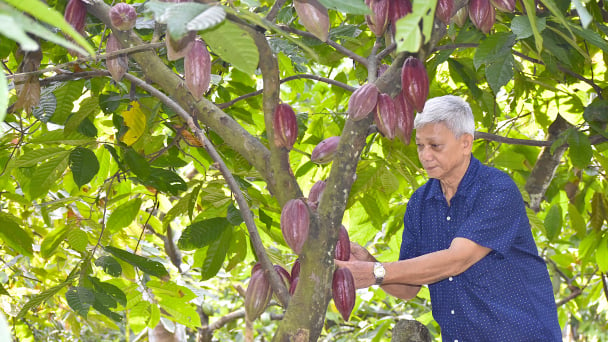
(VAN) In the Mekong Delta, cocoa has provided stable economic returns for many years. Recently, a surge in cocoa prices has created a strong incentive for farmers to expand their cultivation areas.

(VAN) Product quality, branding strategy, and technology innovation are key factors for Vietnamese bird’s nest to establish its foothold on the global map.
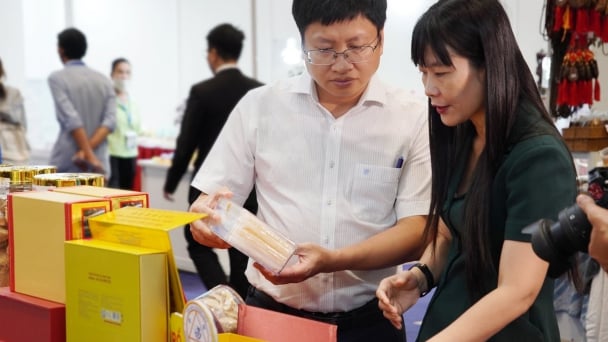
(VAN) KOCHAM Deputy President expects that Vietnam would accelerate innovation and development of bird’s nest-based products as a representation of Vietnamese culture.
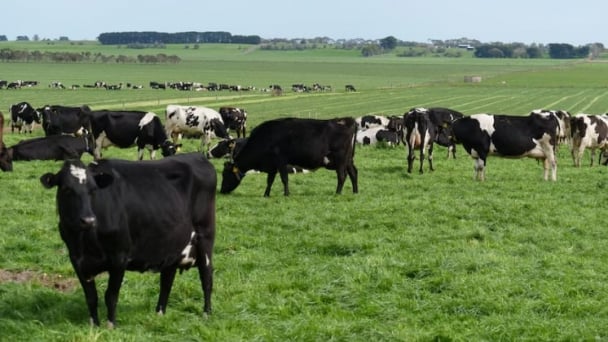
(VAN) Imported dairy products are weakening the local industry, according to dairy farmers and processors.

(VAN) April 10 marked a significant milestone for Vietnam's agricultural exports as Vietnamese pomelos officially became available at the Lotte Mart supermarket chain in South Korea.

(VAN) Vietnam is focusing on developing the legal framework and technical infrastructure for the carbon market, with committed support from global financial institutions.

(VAN) The citrus fruits market in China is expected to slow down, but still show steady expansion, with volume reaching 56M tons and value reaching $71B by the end of 2035.